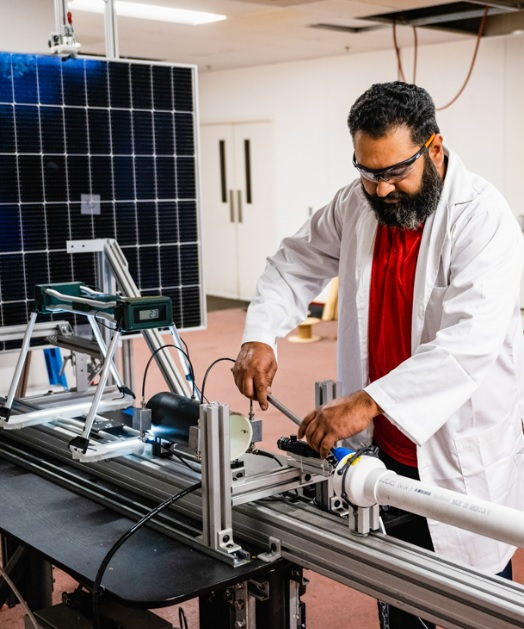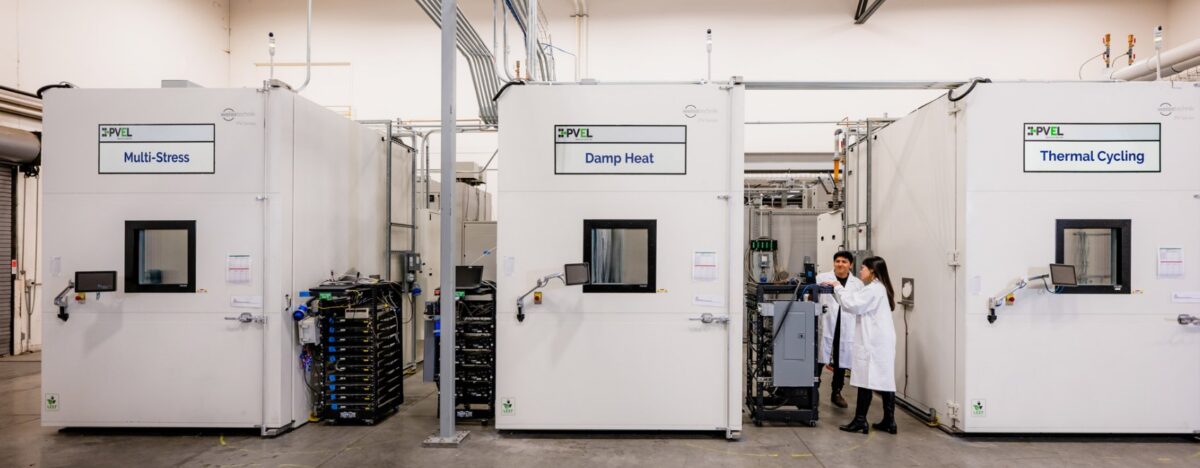From pv magazine USA
PV Evolution Labs (PVEL), an independent test lab for the downstream solar industry and member of the Kiwa Group, published its 2023 PV Module Reliability Scorecard. This year’s Scorecard names 250 model types of PV modules from 35 manufacturers as Top Performers in PVEL’s testing, the most in the company’s history.
The Scorecard summarises results from the PV Module Product Qualification Program (PQP), a testing regime established by PVEL in 2012 to provide empirical data for PV module benchmarking and project-level energy yield and financial models.
Now in its ninth edition, the Scorecard provides more than just module testing, while its current iteration includes additional factors such as frames, glass, cells, backsheets, encapsulants and junction boxes. In the backsheet category, for example, 24 backsheet models were tested, 47% of which used a backsheet and 53% used rear glass to cover and protect the back of modules.
In terms of module technologies, p-type PERC is still the dominant technology across the Top Performers, TOPCon is also rising to the top. This year there are 37 TOPCon model types listed as Top Performers, up from just one in 2022. Heterojunction (HJT) is also on the rise, with nine HJT modules rated as a Top Performer, compared to just two last year.
Manufacturers of the thirteen top rated modules have had Top Performers for three years in a row. JinkoSolar and Trina Solar have been Top Performers since 2014, while Qcells and REC Solar since 2016.

The 2023 PV Module Reliability Scorecard shows Top Performers for six PQP test categories. To earn the rank of Top Performer, the modules must have < 2% power degradation following the particular test, a threshold that PVEL has used since 2018. For that reliability test they must not have experienced a wet leakage failure, a ‘major’ defect during visual inspection, or a diode failure.
“Solar technology and the manufacturer landscape continue to evolve rapidly, and with module supply issues persisting, buyers need guidance on how to procure the best possible modules for their projects,” said Tristan Erion-Lorico, VP of sales and marketing at PVEL. “Our 2023 Scorecard features a truly global list of module manufacturers. For buyers worldwide looking to understand the critical differences across cell technologies and module designs, our Scorecard provides many key insights and an easy way to search through the best commercially available options for developers.”
While it could seem that overall quality has improved because of the increasing number of Top Performer manufacturers and models, the percentage of manufacturers that experienced a failure also increased. Additionally, almost one third of the bills of materials (BOMs) tested suffered at least one failure during testing, and 15% of BOMs had a failure before stress testing.
Modules tested for the 2023 Scorecard were manufactured in 12 different countries, with sales worldwide. Also included in this year’s Scorecard are case studies from the factory and the field, showing how real-world performance is addressed through reliability testing.
Participation in PVEL’s PQP and Scorecard is voluntary for manufacturers and only top-performing module model types are named in the Scorecard. To date, PVEL has tested over 500 BOMs from more than 60 manufacturers for the PV Module PQP.
The Scorecard is publicly accessible in digital format, and includes a searchable and exportable database. Top Performers can be filtered by PQP test, cell technology, factory location, power class and more. Search results can also be downloaded and exported directly from the site. Access the Scorecard here.
This content is protected by copyright and may not be reused. If you want to cooperate with us and would like to reuse some of our content, please contact: editors@pv-magazine.com.









By submitting this form you agree to pv magazine using your data for the purposes of publishing your comment.
Your personal data will only be disclosed or otherwise transmitted to third parties for the purposes of spam filtering or if this is necessary for technical maintenance of the website. Any other transfer to third parties will not take place unless this is justified on the basis of applicable data protection regulations or if pv magazine is legally obliged to do so.
You may revoke this consent at any time with effect for the future, in which case your personal data will be deleted immediately. Otherwise, your data will be deleted if pv magazine has processed your request or the purpose of data storage is fulfilled.
Further information on data privacy can be found in our Data Protection Policy.